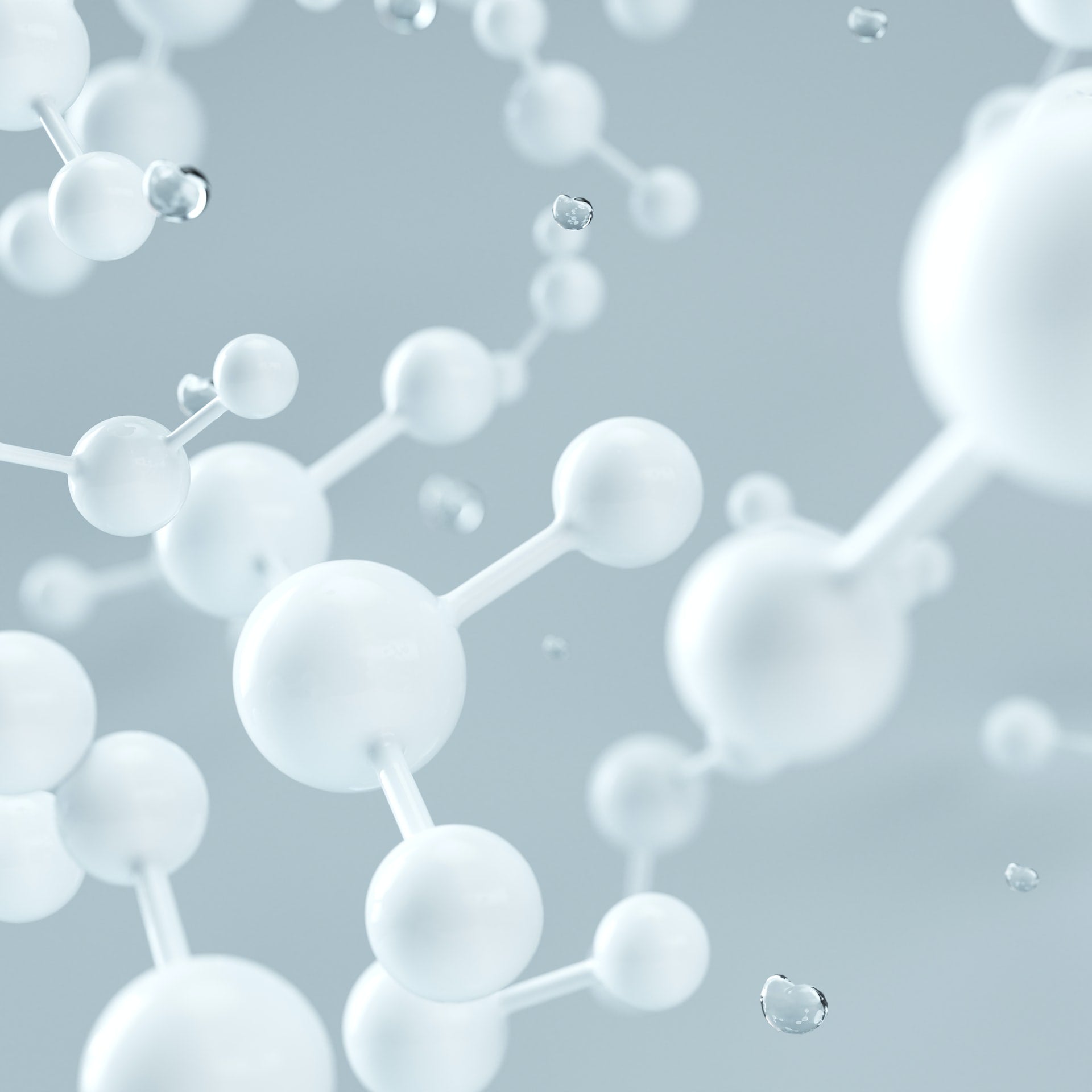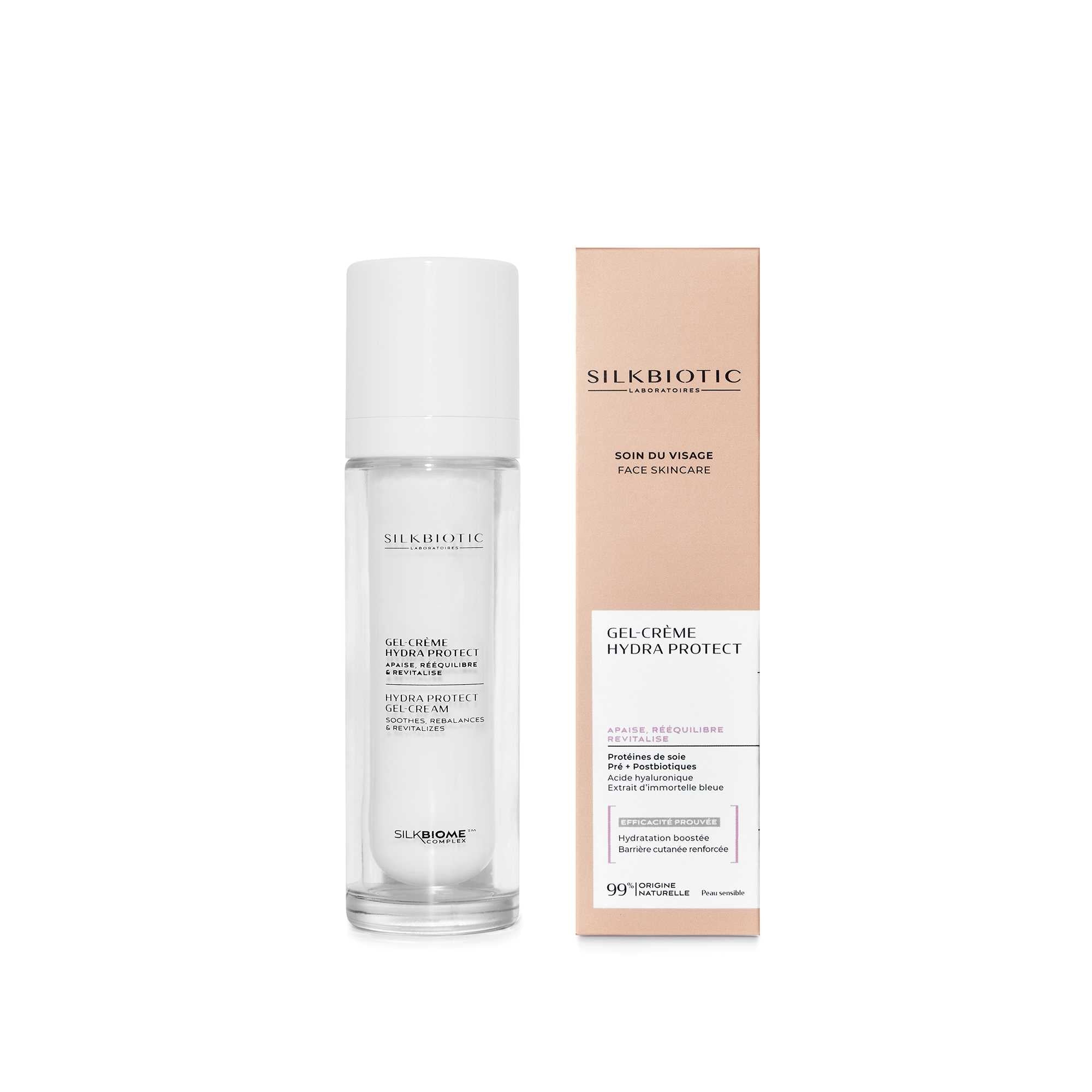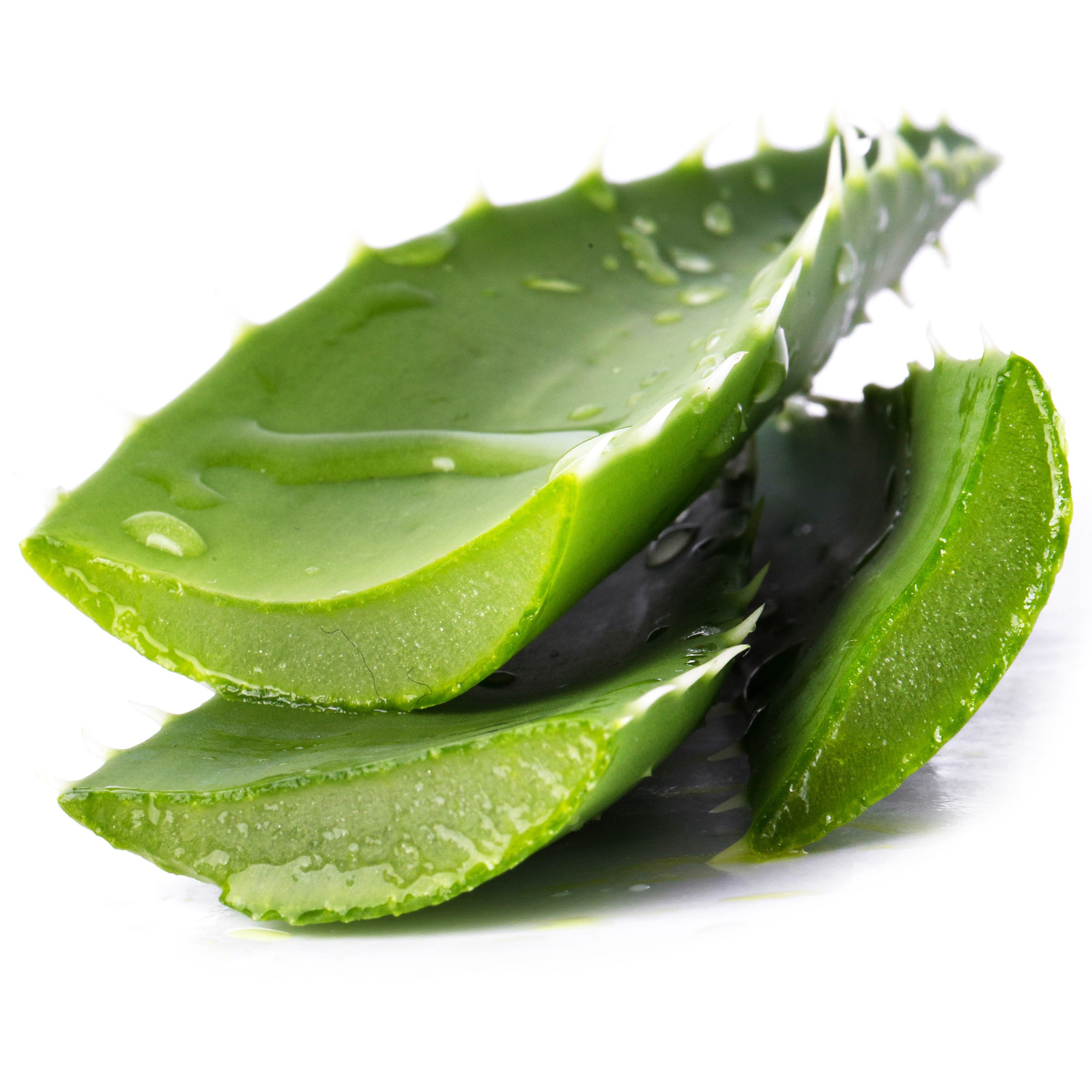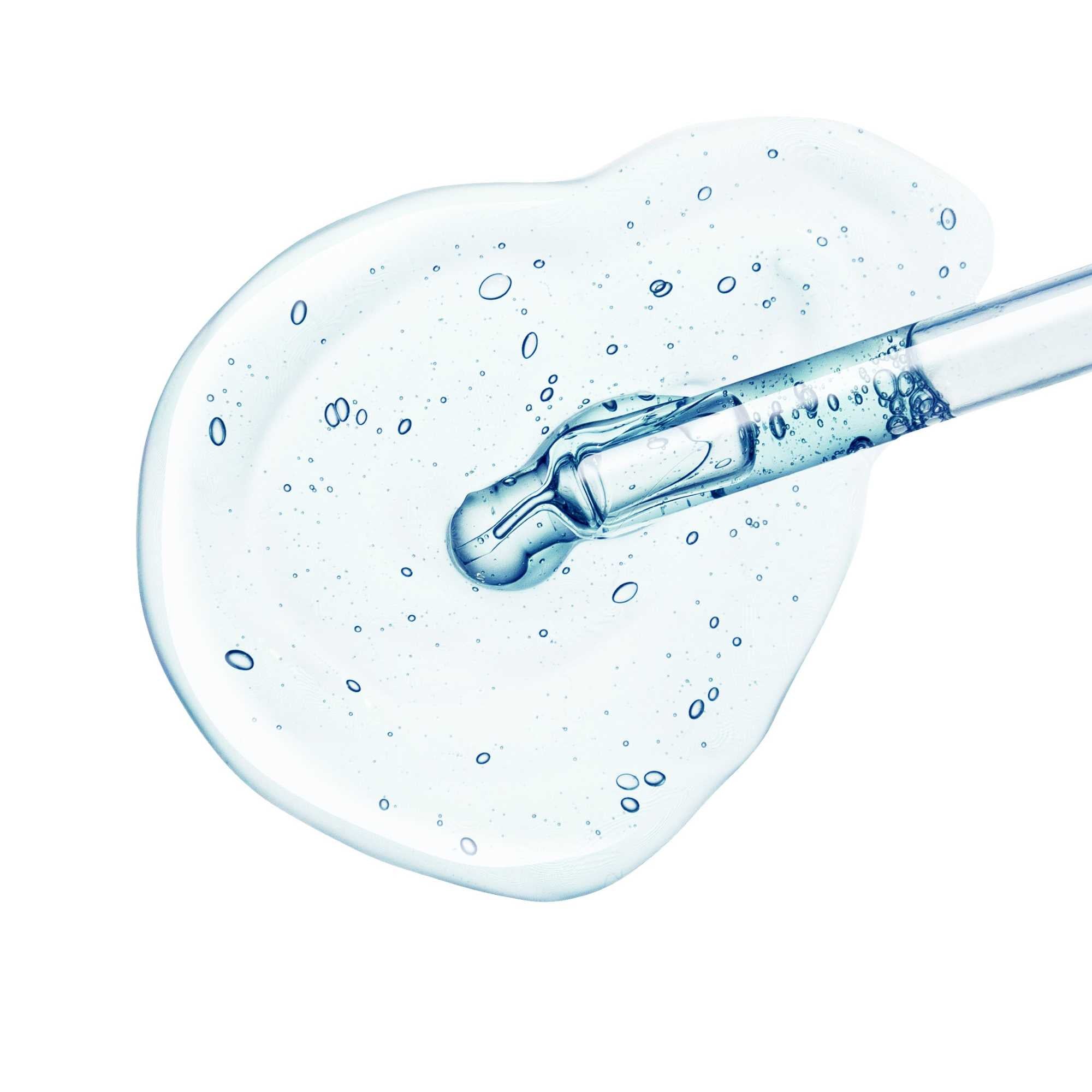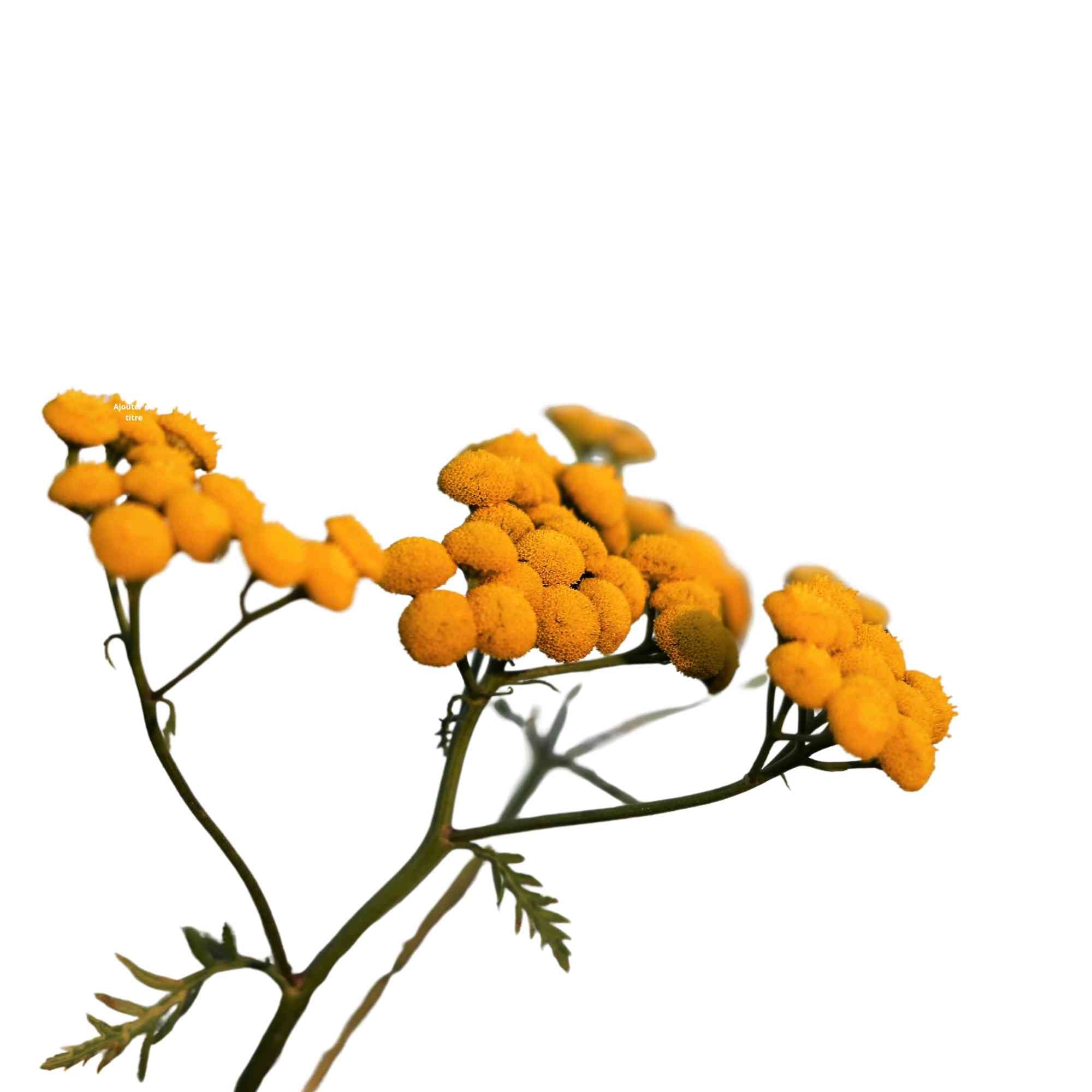Definition of polysaccharides
Polysaccharides are macromolecules composed of long chains of monosaccharides linked between us. They're largely present in plants, algas and some microogranisms. In cosmetics, polysaccharides such as hyaluronic acid, alginates, and derivative of cellulose are used for their moisturizing, thickening and and protective properties.
Actions and benefits of polysaccharides
Property of polysaccharides: hydration
Polysaccharides, like hyaluronic acid, have an exceptional ability to retain water, thus helping in maintaining an optimal hydration of the skin. They structure enable to attract and retain humidity, creating a protective barrier on the surface of the skin.
Property of polysaccharides: film-forming effect
Polysaccharides form a protective film on the skin which helps in preventing skin water loss. It contributes in maintaining the skin soft, smooth and moisturized all day long.
Property of polysaccharides: repairing and soothing
Some polysaccharides, such as beta-glucan, own repairing and soothing properties. They help calming irritations and redness, thus favoring a more balanced and less sensitive skin.
Property of polysaccharides: anti-aging
Polysaccharides stimulate collagen and elastin production, nourishing the good bacteria of the skin and help maintaining a healthy skin microbiota, which is crucial for a balanced skin, resistant to external agressions.
Clinical and scientific studies on polysaccharides
The benefits of polysacchardes for the skin were largely studied. A study published in the "Journal of Dermatologic Science and Cosmetic Technology" showed that polysaccharides had significant moisturizing and anti-aging properties. Another research revealed that polysaccharides had healing properties.
Sourcing of polysaccharides
Polysaccharides are extracted from diverse natural sources. For example, hyaluronic acid is often derived from bacterial fermentation, alginates come from brown algae, and derivative of cellulose are obtained from vegetable fibers. These substances are then purified and transformed for a use in cosmetics.
Anecdotes on polysaccharides
Polysaccharides have a long story of use in various cultures. For example; hyaluronic acid, naturally present in the human body, was discovered in the umbilical cord in 1934. Alginates were used by ancient Celtics for their healing properties. An interesting anecdote is that some indigenous tribes were using plants rich in polysaccharides to treat wounds and soothe skin inflammations.
Polysaccharides in our products
In the Laboratoires SILKBIOTIC, we integrate polysaccharides in our Gel-cream for their multipurpose properties. These ingredients are essential to maintain and heatlhy, hydrated and bright skin. Polysaccharides are particularly beneficial for all types of skin, even the most sensitive ones, thanks to their soothing and protective properties.
Sources :
- Qingyuan W, et al. Recent advances on application of polysaccharides in cosmetics. Journal of Dermatologic Science and Cosmetic Technology (2024).
- Ribeiro D, et al. Polysaccharide-Based Formulations for Healing of Skin-Related Wound Infections: Lessons from Animal Models and Clinical Trials. Biomolecules (2019).

